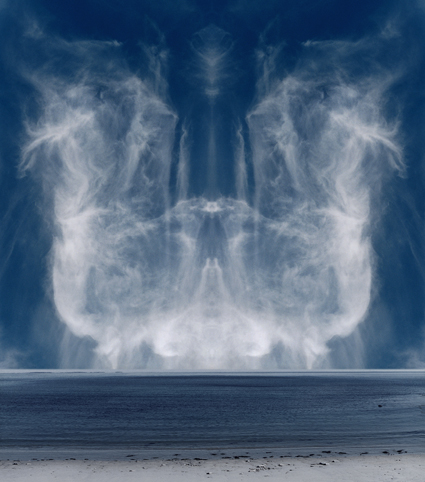Increase Your Awareness Of Your Body Through Meditation

Our bodies, the vessels that carry us through life, are miracles of engineering to be marveled at and provide us gateways to both our minds and our emotions. For much of our daily lives we are unconscious of our bodies. When we do become aware of our bodies, our awareness is usually highly selective, often focused only in the presence of heightened pleasure or pain, either physical or psychological. Body images, both self-imposed and inherited, often lead us to judge, either inflating or repressing our direct experiences of our bodies. Developing greater body awareness helps reduce these tendencies and increase our understanding of and appreciation for our bodies as a single harmonious system. Tune in to the miracle that is your body.
1 Observe the way you sit. What is your experience of your general posture? How are your spine, torso, neck, head, arms and legs positioned? How long can you sustain this before you feel the urge to change positions? What positions are you most comfortable holding for long periods of time? What positions are you uncomfortable holding?
2 Observe the way you stand. What is your experience of your general posture? What is the position of your spine, neck, head, torso, arms and legs? How is your body balanced? Do you find yourself continually making small adjustments to maintain balance? How long do you feel comfortable maintaining this posture before wanting to change it? How often do you want to change it?
3 Observe the way you walk. What is your experience of your general posture? What is the position of your spine, neck, head, torso, arms and legs? What is the sequence of motions your body routinely makes? How do you maintain balance through this range of motions? What rhythms do you naturally tend towards? How do these things change with increased speed or extended time? Apply this type of observation to any repetitive type of motion you tend to make, such as exercise, dance, or yoga.
4 Observe the way you respond with your body to external stimuli. What do you respond to with increased calm? What do you respond to with increased alertness? What do you respond to with increased tension? How many of these responses are you typically consciously aware of? Are any of your responses surprising to you?
Spend a little time in isolation observing your body with minimal outside distractions. Later, extend your practice to increasing body awareness with increased external stimuli. Try to make this kind of observation a habit. With practice, you’ll find that your awareness of your body will increase, with little or no need for mental direction, growing more frequent, durable, and more deeply felt.



